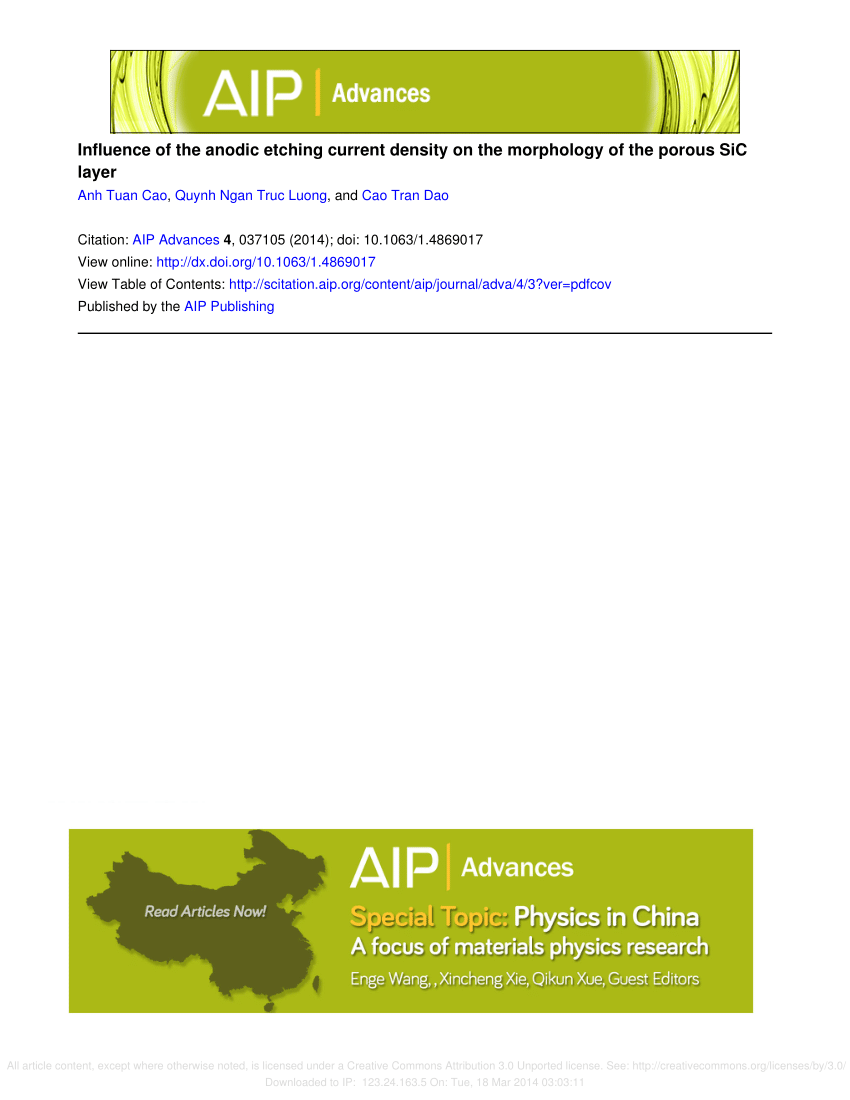Numerical analysis of pantograph–catenary coupling vibration for high-speed railways
IF 1.4
4区 物理与天体物理
Q4 MATERIALS SCIENCE, MULTIDISCIPLINARY
引用次数: 0
Abstract
There is a pronounced coupling vibration between the catenary and pantograph during operation for high-speed railways. In this paper, a pantograph–catenary coupling vibration model is constructed to investigate the vibration characteristics under various working conditions. Two different types of catenaries (simple and elastic chain types) are simulated and compared using the finite element method. The pantograph is simplified into a mass–spring–damping combination member, the contact and messenger wires are set to linear beam cells, and the dropper and stitch wire are set to truss cells. The results suggest that the vibration characteristics of the two types of catenaries and pantograph exhibit different trends. The maximum stresses of the messenger wire, dropper, and contact wire do not follow a monotonically increasing trend with the train speed. The maximum stress of the messenger wire under the simple chain type of catenary is higher when the initial contact force increases from 80 to 120 N. However, the maximum stress under the elastic chain type of catenary is higher when the initial contact force is 60 or 140 N. Except for the initial contact force of 140 N, the maximum stresses of the dropper and contact wire under the simple chain type of catenary are lower than those under the elastic chain type. This work provides a valuable reference for optimizing the design of pantograph–catenary systems.高速铁路受电弓与轨道联轴器振动的数值分析
高速铁路在运行过程中,受电弓和集电弓之间会产生明显的耦合振动。本文构建了一个受电弓-导轨耦合振动模型,以研究各种工况下的振动特性。使用有限元法模拟并比较了两种不同类型的导管(简单型和弹性链型)。受电弓被简化为质量-弹簧-阻尼组合件,接触线和信使线被设置为线性梁单元,垂线和缝线被设置为桁架单元。结果表明,两种类型的导管和受电弓的振动特性呈现出不同的趋势。信使钢丝、垂管和接触钢丝的最大应力并不随列车速度呈单调增长趋势。当初始接触力从 80 牛增加到 120 牛时,简单链式导管架下信使线的最大应力较高;而当初始接触力为 60 牛或 140 牛时,弹性链式导管架下的最大应力较高。这项研究为优化受电弓-牵引系统的设计提供了有价值的参考。
本文章由计算机程序翻译,如有差异,请以英文原文为准。
求助全文
约1分钟内获得全文
求助全文
来源期刊

AIP Advances
NANOSCIENCE & NANOTECHNOLOGY-MATERIALS SCIENCE, MULTIDISCIPLINARY
CiteScore
2.80
自引率
6.20%
发文量
1233
审稿时长
2-4 weeks
期刊介绍:
AIP Advances is an open access journal publishing in all areas of physical sciences—applied, theoretical, and experimental. All published articles are freely available to read, download, and share. The journal prides itself on the belief that all good science is important and relevant. Our inclusive scope and publication standards make it an essential outlet for scientists in the physical sciences.
AIP Advances is a community-based journal, with a fast production cycle. The quick publication process and open-access model allows us to quickly distribute new scientific concepts. Our Editors, assisted by peer review, determine whether a manuscript is technically correct and original. After publication, the readership evaluates whether a manuscript is timely, relevant, or significant.
 求助内容:
求助内容: 应助结果提醒方式:
应助结果提醒方式:


